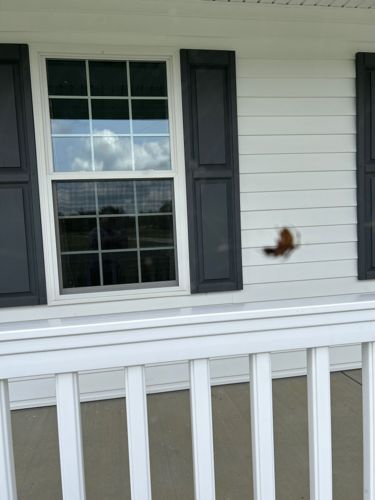Moth
Scientific Name: Lepidoptera (various species)
Order & Family: Order: Lepidoptera, Family: Varies (e.g., Noctuidae, Sphingidae, Geometridae)
Size: Typically 0.2 inches (0.5 cm) to over 12 inches (30 cm) wingspan, depending on the species.

Natural Habitat
Widely diverse, found in almost all terrestrial habitats including forests, grasslands, deserts, urban areas, and agricultural fields. Many species are attracted to artificial lights at night.
Diet & Feeding
Adult moths primarily feed on nectar from flowers, tree sap, rotting fruit, or do not feed at all. Larvae (caterpillars) are typically herbivorous, feeding on leaves, stems, roots, or other plant parts.
Behavior Patterns
Mostly nocturnal, although some species are diurnal. They undergo complete metamorphosis (egg, larva, pupa, adult). Moths are known for their attraction to light sources.
Risks & Benefits
Risks: Some moth species (e.g., clothes moths) can be household pests, while others can be agricultural pests in their larval stage. Some caterpillars have stinging hairs. Benefits: Moths are important pollinators for many plants, especially nocturnal flowers. They also serve as a food source for other animals like birds, bats, and spiders.
Identified on: 9/23/2025